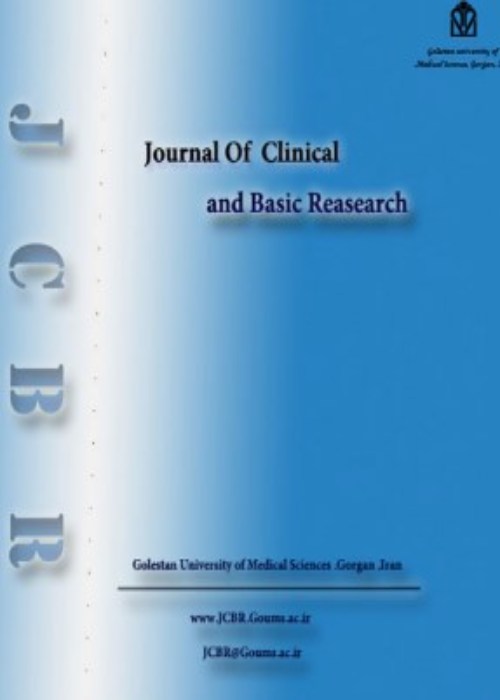A cross-sectional descriptive study of culture and urine dipstick methods for evaluation of urinary tract infection in children as a rapid screening tool
This study was designed to analyze the efficacy of a urine dipstick to detect urinary tract infection (UTI) in children and to correlate it with the urine culture.
A prospective laboratory descriptive study was conducted at the Department of Pediatrics at Government General Hospital, Kadapa, from February 2022 to September 2023. Urine samples from 250 children of 2 and 12 years of age with UTI symptoms were analyzed using urine dipstick and other clinical/laboratory variables.
The urine culture was positive in 38.4% (n=96) of the children and negative in 61.6% (n=154) of the children using the dipstick. Urinary tract infection was more common among female than male children. It was common in children aged 6 to 10 years, accounting for 41.42%. The most prevalent organism isolated was Escherichia coli (24.8%), followed by Klebsiella (8.8%) and other Gram-negative bacilli (5.6%). Urine microscopy for pus cells revealed that 158 (63.2%) samples had no pus cells, 49 (19.6%) had up to 5 pus cells, 35 (14%) had 5-10 pus cells, and 8 (3.2%) had >10 pus cells. Pyuria was found in 56 of the 96 children in the culture-positive group, leukocyte esterase was positive in 123 cases, leukocyte esterase was negative in 88 cases, and the nitrite test was positive in 9 cases. However, the combined dipstick was positive in 121 (48.4%) of all cases. Among the culture-positive group, the combined dipstick was positive in 39 cases and negative in 3 cases. Among the culture-negative cases, the combined dipstick was positive in 28 cases and negative in 126 cases. Sensitivity, specificity, positive predictive value (PPV), and negative predictive value (NPV) of leucocyte esterase and nitrite were 65%, 80%, 69%, and 78% for diagnosing UTI in our study, respectively. The sensitivity, specificity, PPV, and NPV of the combined dipstick compared with urine culture were 95.5%, 80%, 74.9%, and 95.9%, respectively.
The combined dipstick + nitrite and leukocyte esterase show higher sensitivity and specificity, making it superior to leukocyte esterase or nitrite alone in diagnosing UTI. When compared to the urine culture, the combined dipstick has higher sensitivity, specificity, and positive and negative predictive values. Therefore, the combined dipstick can be used consistently as a quick screening tool for UTIs when culture facilities are not available.
- حق عضویت دریافتی صرف حمایت از نشریات عضو و نگهداری، تکمیل و توسعه مگیران میشود.
- پرداخت حق اشتراک و دانلود مقالات اجازه بازنشر آن در سایر رسانههای چاپی و دیجیتال را به کاربر نمیدهد.


